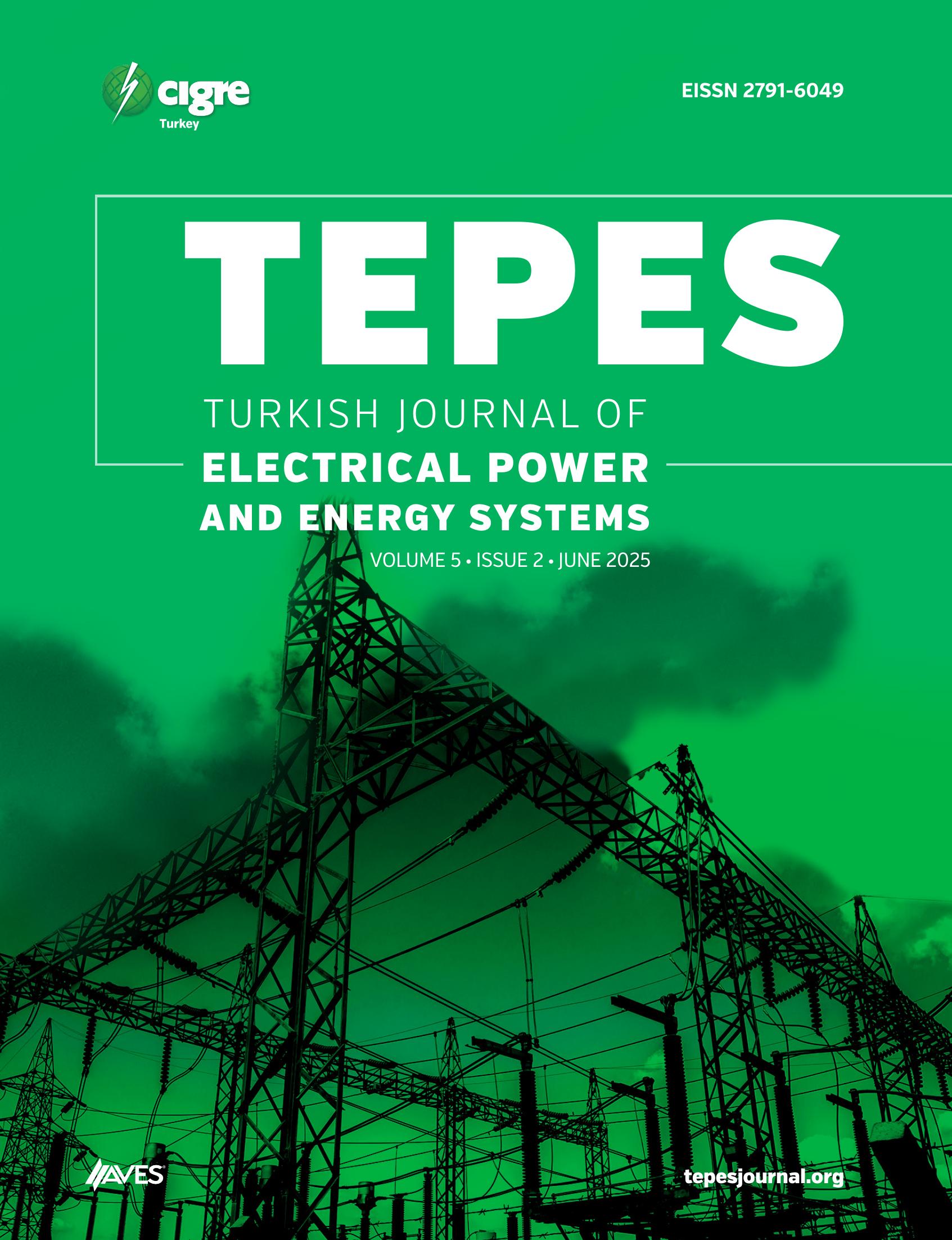Many countries in Sub-Saharan Africa (SSA) suffer from the lack of access to electricity due to poverty and a dispersed population. Due to the solar power potential in this region, solar-powered microgrids were examined in this study as a way to supply affordable electricity to the rural population in SSA. Using HOMER Pro as the microgrid optimization tool, a microgrid designed to supply electricity in Burkina Faso was simulated. With one of the cheapest electricity tariffs in SSA ($0.240/kWh), Burkina Faso was selected to ensure that the simulation results can serve as a proof-of-concept for all of the Sub-Saharan countries. Factors like solar panel output degradation and dusting, unexpected component failure, and linearity of the load profile were assessed to determine the lowestcost and highest-cost results for the simulated microgrid. The performed simulations showed that even without a connection to the main grid, a solar-powered microgrid can be easily profitable while supplying electricity at below the average national tariff, with almost no expected power outages. This paper proves that microgrids with only solar panels as a power source remain a viable option to provide cheap electricity to the impoverished rural regions in SSA, even with almost no component maintenance.
Cite this article as: Merev Ö. Feasibility of PV-based islanded microgrids for affordable electricity in sub-saharan africa. Turk J Electr Power Energy Syst. 1(2), 60-68, 2021.








